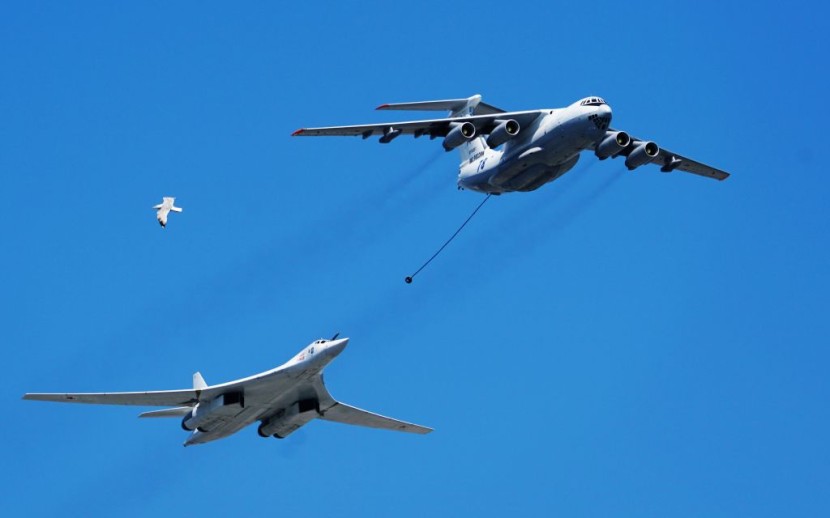
According to the UAC that mentioned an upgraded Tu-160M "White Swan" nuclear bomber, it had its test flight, as noted by TASS.
Upgraded Tu-160M "White Swan" nuclear bomber ready for action
The airframe supposedly conducted aerobatics, which allowed it to test its aerial controllability and stability. The pilots also confirmed the performance of the inflight radio-electronic equipment and demonstrated how the aircraft's processes and engine parts operated, according to EurAsian Times.
In January this year, a brand-new Tupolev Tu-160M strategic missile-carrying bomber took its first-ever flight. The flight took off from the Kazan Aviation Enterprise's aerodrome, a Tupolev Company subsidiary.
The newly built strategic bomber just completed a 30-minute flight at 600 meters at a certain time. Consequently, the test pilot squad from the Tupolev Company could monitor the solidity and command of the aircraft's flight via maneuvers that the press office had then declared.
The Tu-160M is a very advanced version of the bomber. It is the foundation of the Russian Aerospace Force's long-range planes, alongside Tu-95MS bombers. The VKS has used these warplanes in the current war to attack targets deep within Ukraine.
The Tu-160 went into service in the Soviet Union in the late 1980s and stayed in production till 1995.
Russian President Vladimir Putin instructed the manufacturing of the bomber throughout 2015 to augment the strategic bomber functionality of the VKS at such a time of increasing provocations with the West and also to compensate for disruptions in the PAK-DA bomber initiative.
Intriguingly, the Tu-160M was introduced a few weeks after what were assumed to be Ukrainian drones struck Russia's Engels Air Base in Saratov territory and the Dyagilevo Air Force Base in Ryazan. The Tu-95 and Tu-160 strategic bombers are housed at all these air bases that are deeply buried within Russian territory.
The Capability of the White Swan
They are intended to use nuclear and conventional armaments to attack enemy targets in distant places. According to Russian media, the Tu-160M is currently the largest military supersonic aircraft, per Military Today.
The vibrantly white reflective coating that covers the entire airframe gave the aircraft the nickname "White Swan." Even though it gives the plane such a svelte and graceful appearance, the paint has been designed to safeguard the crew if the nuclear warhead were to be initiated.
The covering might conceivably reflect a portion of the thermal energy during one nuclear explosion (light).
Russia expects to inevitably buy about 50 Tu-160M airframes and revamp 16 existing Tu-160 bombers. The up-to-date bomber would start mass production in 2023, with a minimum output of three planes per year.
The augmentation of the bomber is being completed in two stages, the first of which involved the withdrawal of some outmoded parts, like bomb sighting structures, and the installation of a new K-042K-1 guidance system, ABSU-200-1 automatic pilot. The Air Force has utilized this Tu-160M1 prototype as of late 2014.
The updated NK-32 engines (named NK-32-02), the new Novella NV1.70 radar, a computerized "glass" cockpit, contemporary communications and anti-jamming gear, and contemporary conventional and nuclear weaponry are all part of the second Tu-160M2 phase.
With nearly 55,000 pounds of thrust generated at full throttle, the Kuznetsov NK-32 engine, which was initially fitted to the Tu-160, is widely perceived to be the most potent combat aircraft engine for the Upgraded Tu-160 M' White Swan' Nuclear.
Related Article : Australian Experts Say that B-21 Bomber Is Better Suited To Attack China, Not F-35s









